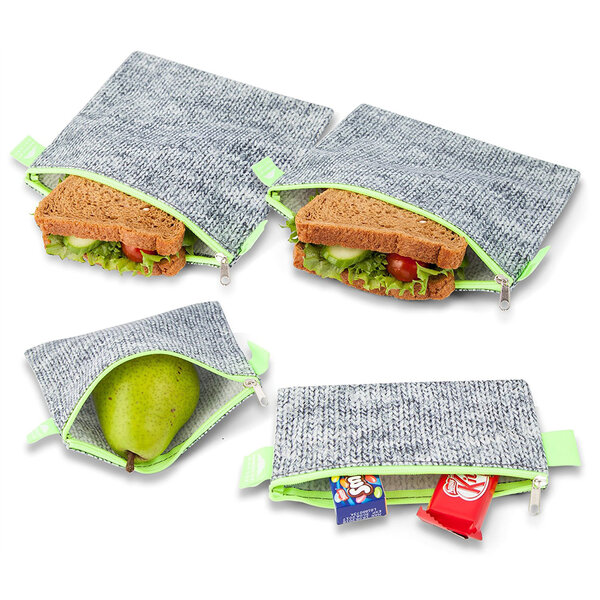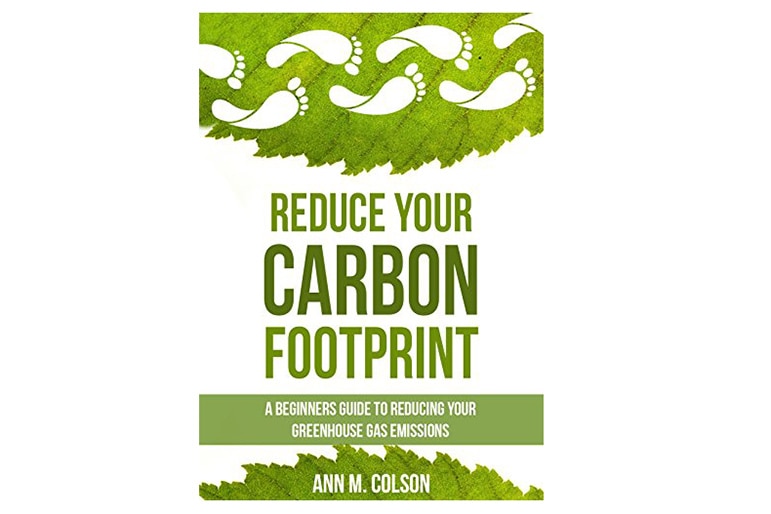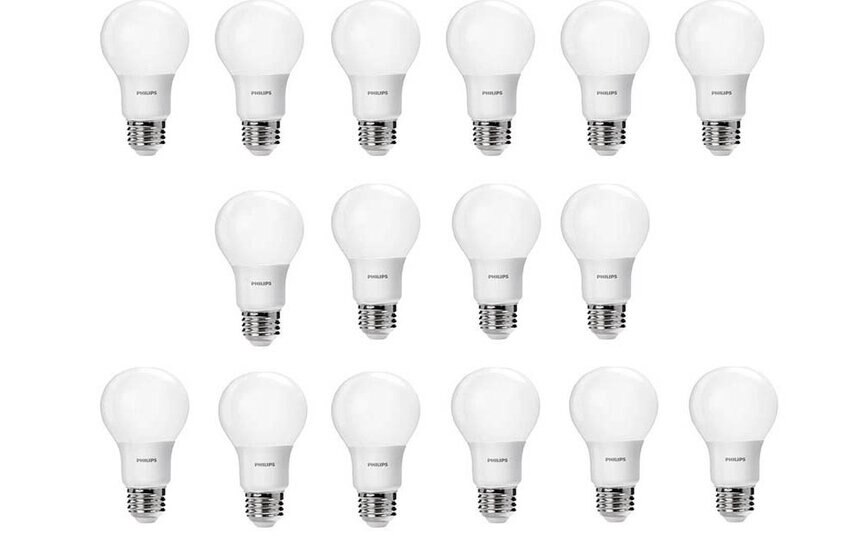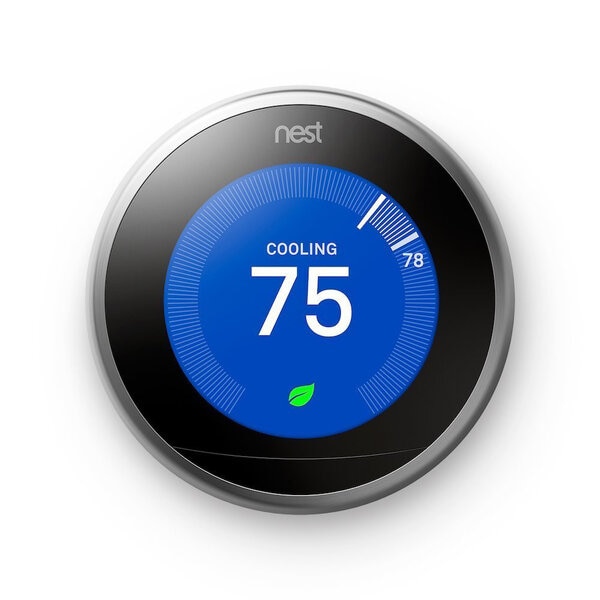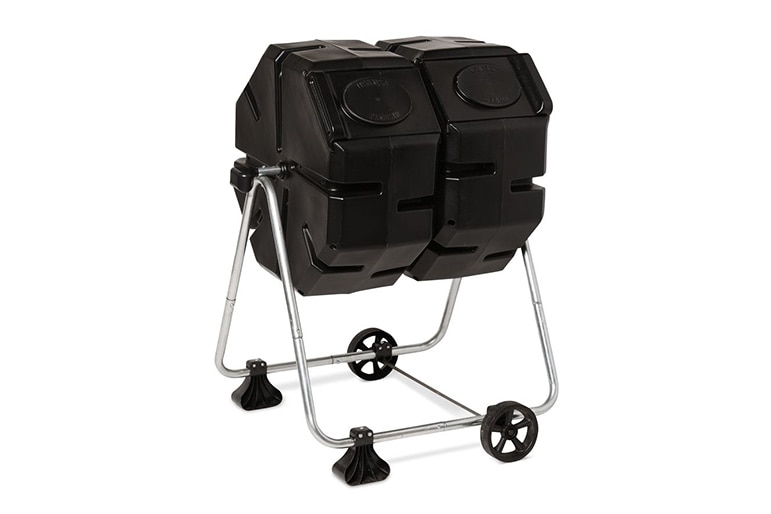Ready to Go Green? Here Are 7 Easy Ways to Cut Your Carbon Footprint
Because we can all appreciate clean air.

One of my New Year’s resolutions this year was to do more to “go green.” I’ve always been an avid recycler and I’ve definitely cut back (but not cut out) buying bottled water, but I admit that’s been about the extent of my efforts. In the last year, as environmental issues have been in the headlines they’ve also been a popular topic around our dinner table so I started doing some research to understand what else I could be doing. Here’s the gist of what I learned: regardless of where you stand on the somewhat controversial topic of climate change, a.k.a. global warming, most of us would agree that we want climate quality, for ourselves and for future generations. Yet some of the most common things we do every day like driving a car, heating and cooling our homes, and disposing of waste, all create carbon dioxide. And that’s bad because carbon dioxide causes heat to be trapped by our atmosphere, thus making our planet warmer every day.
So back to my resolutions. I committed to find a few things that I could do to reduce my carbon footprint—that’s the term for the amount of greenhouse gases, primarily carbon dioxide, that my activities and choices are putting into the air. Here are some of the changes I’ve made, from banning plastic baggies to switching out my old thermostat for a super energy-efficient “smart” one. I know there is more that I could be doing, but for now I’m feeling pretty good about just doing something. And bonus—many of these have resulted in lowering my monthly expenses. Who doesn’t want that?!
Filter Your Water
The environmental impact bottled water is astounding. According to Ban the Bottle, the process of making plastic water bottles sold in the United States alone uses more than 17 million barrels of oil annually, and that doesn’t include the oil used to transport them. And while yes, the bottles are recycled, most end up in our landfills. So here’s a great alternative if want to eliminate bottled water but you don’t want to drink water straight from your tap. Drop a GoPure Pod into any reusable water bottle or pitcher and it will filter your water for up to six months, balancing pH and removing lead, chlorine, chromium, and many other impurities. It comes in a small carrying container with a carabiner. When you are finished with it, the Pod is recyclable.
GoPure Pod
BUY FROM: Bed, Bath & Beyond, $24.99
Stop Using Plastic Baggies
Swap plastic sandwich and snack bags for reusable ones. This set from Nordic by Nature has two sandwich-sized bags and two for snacks, one 6.5-inch square and one 6.5- by 3-inch rectangle. The bags are made from cotton with food-safe polyester lining, and they can be rinsed by hand or put in the washing machine. They come in a variety of fabrics that match the brand's lunch totes, too.
Nordic by Nature Sandwich & Snack Bags
Plant a Tree
One of the best ways to reduce your carbon footprint is—literally—green. Trees absorb and store carbon dioxide so less of it reaches our upper atmosphere. They also release oxygen, reduce rainwater runoff, absorb ozone, and provide shade—think of trees as environmental superheroes! Any tree that’s appropriate for your climate will absorb CO2. This Northern Red Oak is a great option because it’s fast-growing, loved by wildlife, and produces the most beautiful color in the fall.
Northern Red Oak Tree
BUY FROM: Nature Hills Nursery, $79.95
Educate Yourself
The first step to reducing your carbon footprint is to understand what that term means and how it is measured. This straightforward book gets high marks for providing clear information that includes specific examples of changes we can all make in our everyday lives to help the environment.
Reduce Your Carbon Footprint
Use LED Lightbulbs
As your lightbulbs burn out, think about replacing them with LED bulbs. While they are more expensive upfront, LEDs have an impressive lifespan (20-something years!), making them very cost-effective. And, according to the U.S. Department of Energy, LED bulbs use at least 75 percent less energy than traditional incandescent lighting. LED bulbs also don’t put out as much heat as regular bulbs, which can reduce your home’s cooling costs too. Use these LED bulbs from Philips to replace your regular 60 watt bulbs. One note: only certain LED bulbs are intended for use with dimmer switches (these aren’t), so if you need that feature be sure to read the fine print. These come in a pack of 16 and are available in soft white and daylight.
Phillips LED Bulb, 16 pack
Get a Smart Thermostat
Your home’s heating and cooling system is responsible for about half of your monthly energy consumption. As you adjust the Nest Learning Thermostat in the first few days of use, it learns what temperature you like a different times of the day so it can create a schedule based on your preferences. It also uses motion sensors and geofencing technology to detect when you leave the house so it can switch to energy conservation mode. Control the thermostat via an app on your phone or with voice commands via Google Home or Amazon Alexa. You can also use the app to check your energy usage history.
Nest Learning Thermostat 3rd Generation
Start Composting
When you recycle your kitchen and yard waste instead of putting it in the trash, you are helping the environment in many ways. Compost offers a natural alternative to chemical fertilizers, saves water by helping soil hold moisture and reduces runoff, reduces landfill waste, and more. The process of composting requires you to put kitchen scraps and yard waste in an enclosed container and then allow it to “cook,” a.k.a decompose. This compost tumbler makes it easy for you to get started. It has two bins, so one side can be “cooking” while you add fresh material to the other side. Rotating the bins speeds up decompositions, and they’re elevated and enclosed, so critters can’t get inside—and odors can’t get out. And it’s on wheels so you can easily move it where you need it.
Dual Batch Compost Tumbler With Wheels


